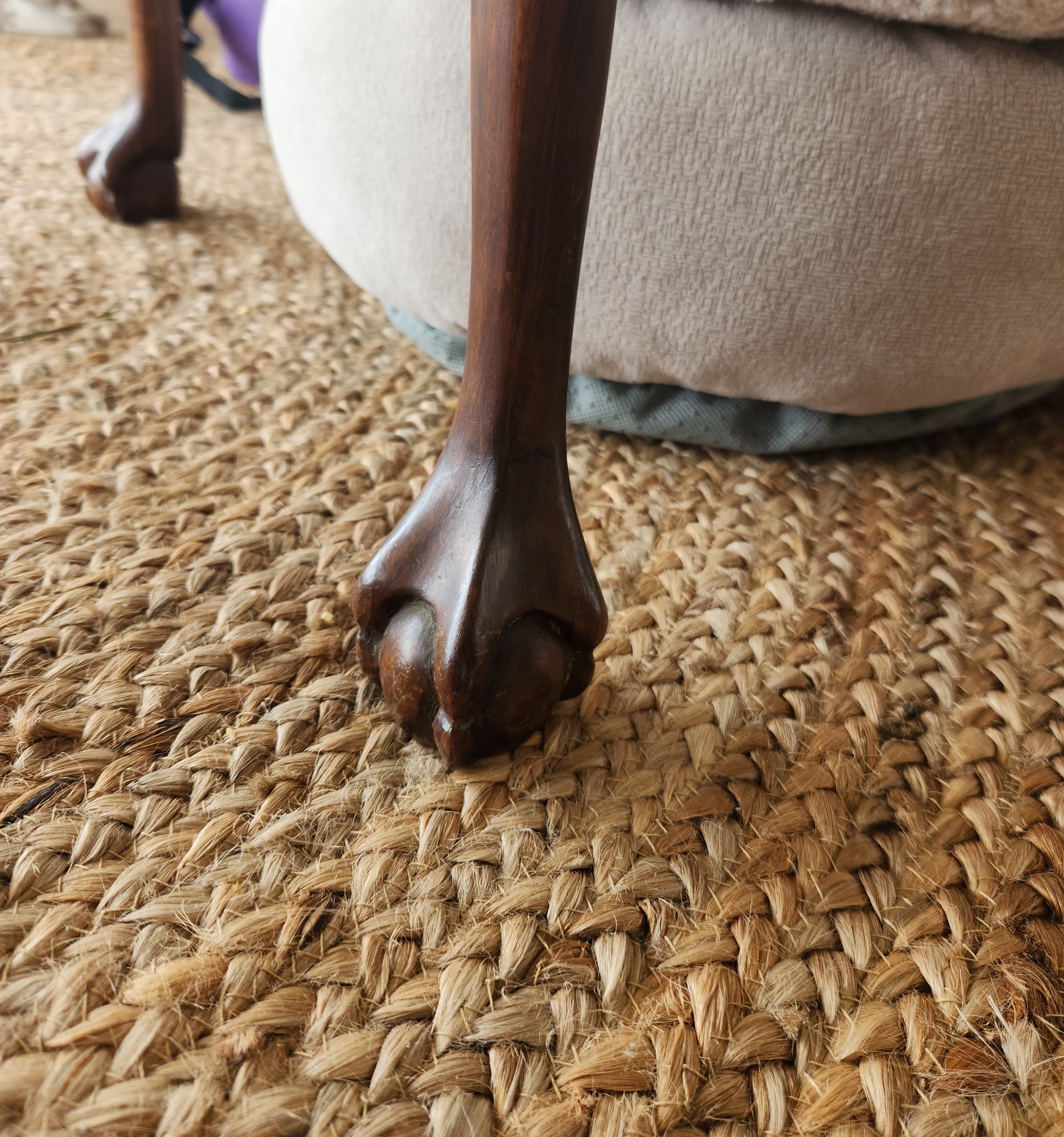Ask Lemmy
A Fediverse community for open-ended, thought provoking questions
Rules: (interactive)
1) Be nice and; have fun
Doxxing, trolling, sealioning, racism, and toxicity are not welcomed in AskLemmy. Remember what your mother said: if you can't say something nice, don't say anything at all. In addition, the site-wide Lemmy.world terms of service also apply here. Please familiarize yourself with them
2) All posts must end with a '?'
This is sort of like Jeopardy. Please phrase all post titles in the form of a proper question ending with ?
3) No spam
Please do not flood the community with nonsense. Actual suspected spammers will be banned on site. No astroturfing.
4) NSFW is okay, within reason
Just remember to tag posts with either a content warning or a [NSFW] tag. Overtly sexual posts are not allowed, please direct them to either [email protected] or [email protected].
NSFW comments should be restricted to posts tagged [NSFW].
5) This is not a support community.
It is not a place for 'how do I?', type questions.
If you have any questions regarding the site itself or would like to report a community, please direct them to Lemmy.world Support or email [email protected]. For other questions check our partnered communities list, or use the search function.
6) No US Politics.
Please don't post about current US Politics. If you need to do this, try [email protected] or [email protected]
Reminder: The terms of service apply here too.
Partnered Communities:
Logo design credit goes to: tubbadu
view the rest of the comments


Okay so there are layers to this question:
First, antique furniture tends to be the fancy stuff for rich people. Modest furniture made out of a few boards for the unwashed masses usually isn't considered for preservation, but the fancy shit rich people bought got kept.
Rich people tend to like to show off how rich they are. And one way to do that up until fairly recently was through furniture. Maybe you use exotic wood, but even if you don't do that you pay a woodworker to waste his life carving useless intricate details like pineapple newel posts or ornate table legs.
The claw-clutching-a-ball design apparently comes from China, it's supposed to be a dragon's foot clutching a jewel. The British adopted it in the Queen Anne period because it's ornate, fancy and ~~foreign~~ exotic. Rich people get to brag that they got their table, or a taste for the style, "during their travels." Ball-and-claw feet specificall would fall out of fashion with the Chippendale era though fancy schmancyness would hit an all time maximum, and then the industrial revolution happened.
It used to take a skilled artisan to make carvings like that with a chisel. Now, we have duplicating machines that can batch them out dozens at a time. This episode of the New Yankee Workshop shows this off. When building his Lowboy, Norm doesn't even try to carve cabriole legs, he buys them from a company that makes them, and we get a little footage of the factory. This is why you don't see the Zuckerbergs of the world showing off ostentatious carved furniture: ornate carvings are commodity items now. You can buy furniture with cabriole legs and arch cornices at any of those big warehouses out by the highway with a "Going out of business forever" sign out front.
95% yes. Speaking as a woodworker I can tell you, people overwhelmingly like looking at tapered legs. Our own legs taper, so we tend to copy that. From fancy cabriole legs to simple shaker furniture. A flared foot of any kind is mostly ornamental because again our own feet flare out, but there is a bit of a practical purpose: A larger surface area with a rounded edge is easier to slide across the floor than a small, sharply edged end of a board. It doesn't tend to dig in as much, particularly on carpet. Also, the rounded features are more difficult to chip and splinter.
It's meant to be a dragon's foot, so somewhere between reptilian and birdlike. It is also furniture, not a statue, so it's rather stylized and not very anatomical. Edit to add, sharp, deep crevices like you get between, say, the fingers of a balled fist, are difficult to carve; The deeper and thinner the crevice, the longer, thinner and more delicate a tool is required to carve it. A craftsman may design around the limitation of the tools he has by, say, making webbed feet rather than trying and failing to do distinct toes.
I fucking love it when a specialist with relevant expertise who also happens to be a good writer gives a full on contextual breakdown that's super accessible, well organized, well informed and a pleasure to read, on a topic I never even thought about. It's the stuff lemmy dreams are made of.
Me too, but the uber-pessimism spoils it for me.
Don't mistake me for a scholar, now. I'm a guy with a thickness planer in his backyard shed that's read a couple books and watched a lot of videos about building furniture. I'm confident I could defend the rank of "enthusiast."
That said, it is something I liked about Reddit. You could post "Left-handed theoretical psycho-ornithologists of Reddit..." and you'd get at least a few credible answers.
Oh man we certainly do struggle. It's like all the tools they make for actually doing theoretical psycho-ornithology are right handed! You know what I mean?
Wait a minute! What tools? You're supposed to be doing theory! You're a field psycho-ornithologist, aren't you?
You know, chalk... markers...
Actually, we use quills a surprising amount of the time!